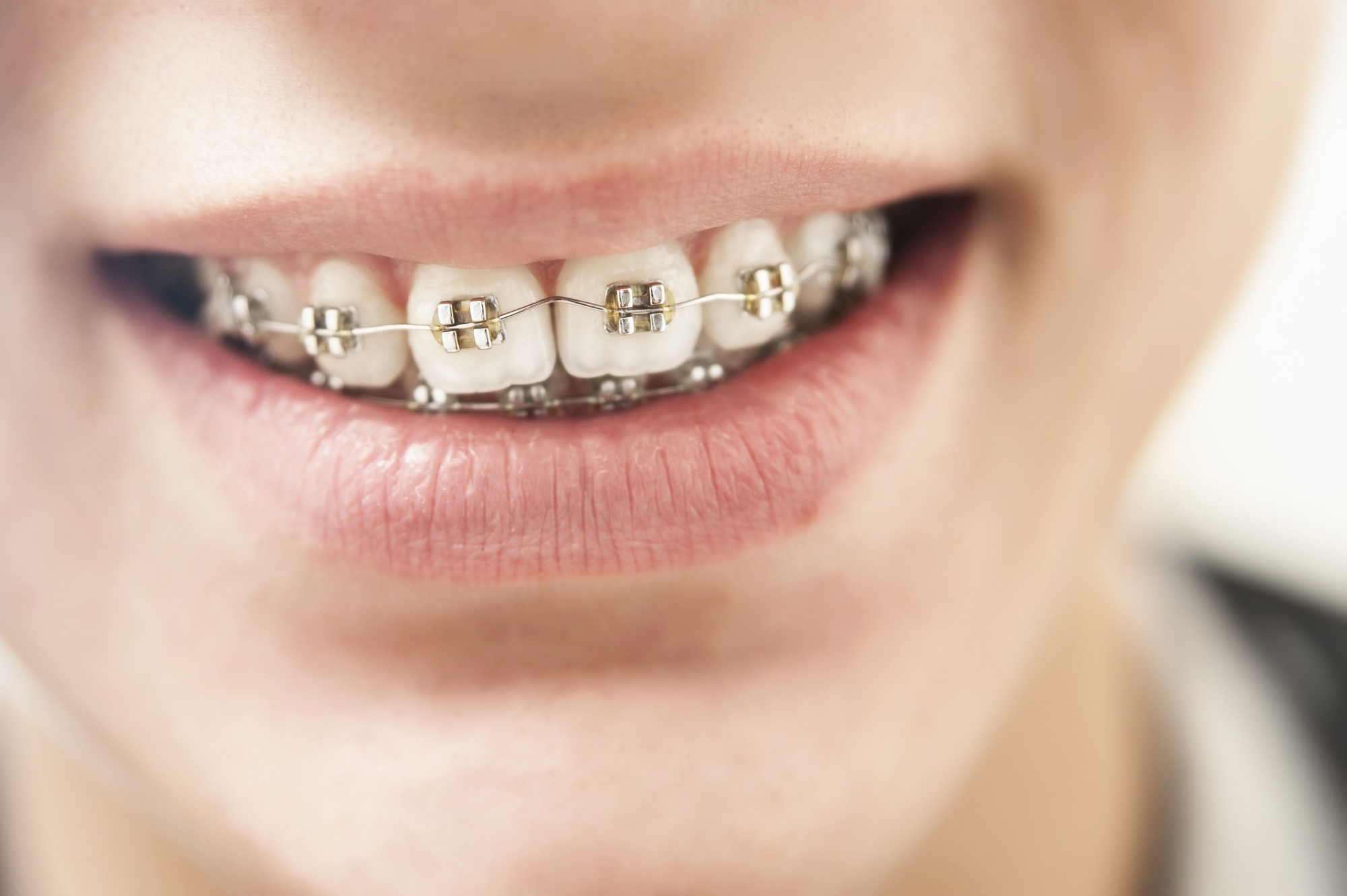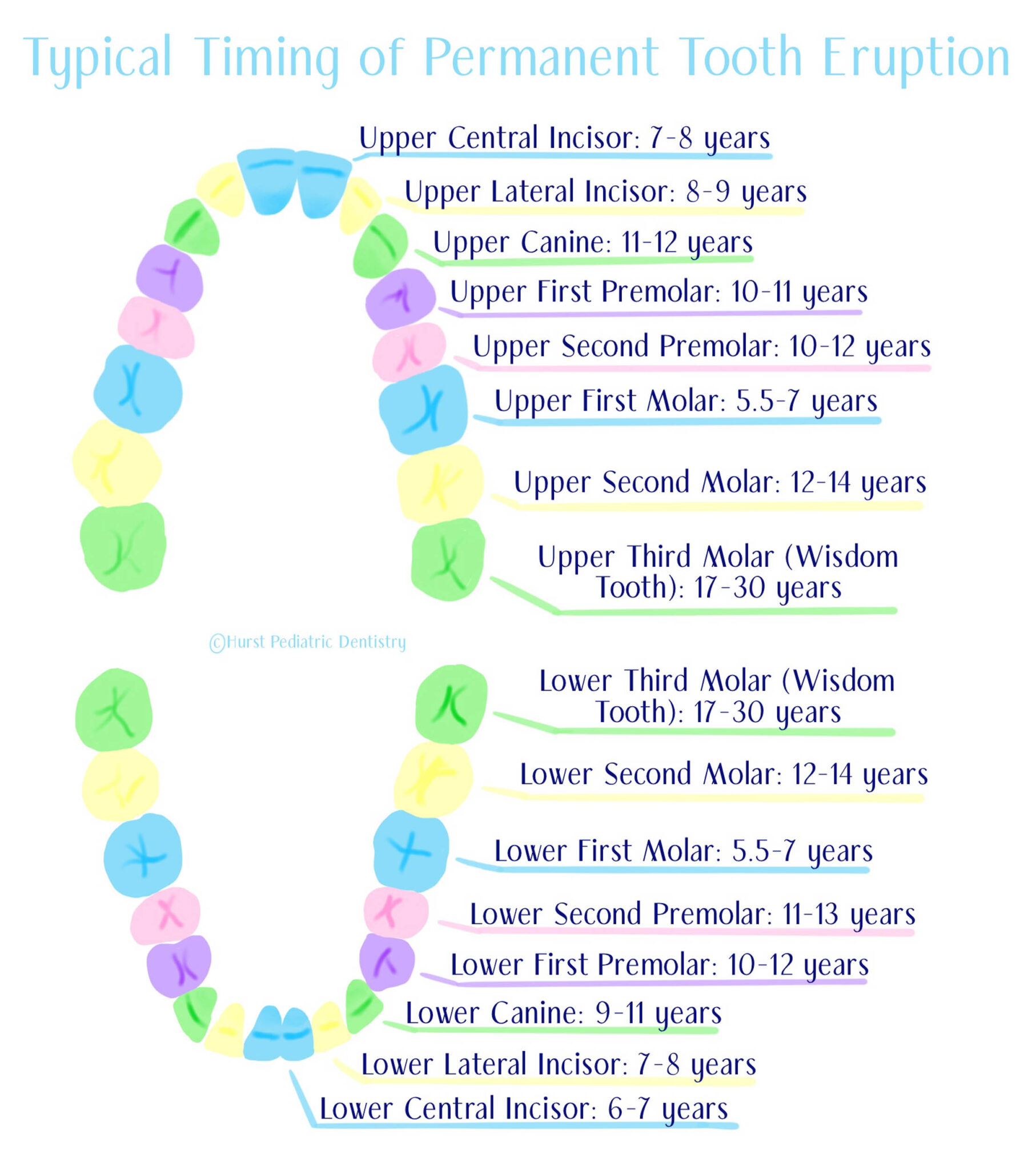Knee caps, or patellas, play a crucial role in mobility and movement, acting as a shield for the knee joint while aiding in activities like running, jumping, and climbing. While many assume that knee caps are fully formed at birth, the truth is far more intriguing. The development of knee caps is a gradual process that spans several years, and understanding this timeline can provide valuable insights into a child’s growth and physical milestones. In this article, we’ll delve into the science behind knee cap formation, explore the factors influencing their development, and address common questions parents often have about this topic. As children grow, their bodies undergo remarkable transformations, and their skeletal system is no exception. The patella, which is a sesamoid bone embedded in the tendon of the quadriceps muscle, doesn’t fully ossify (harden into bone) until later in childhood. This process is influenced by genetics, nutrition, and physical activity, making it a unique journey for every child. By understanding the stages of knee cap development, parents and caregivers can better support their child’s overall physical health. Whether you’re curious about what age kids get knee caps or simply want to ensure your child is developing properly, this article will provide all the answers you need. Finally, we’ll also explore related topics such as how knee cap development ties into broader growth milestones, potential concerns to watch for, and how to foster healthy bone development in children. From addressing common myths to offering practical tips, this guide aims to be your go-to resource for understanding the fascinating process of knee cap formation. So, let’s dive in and uncover the science behind what age kids get knee caps and why it matters for their long-term well-being.
Table of Contents
- What Age Do Kids Get Knee Caps?
- How Does Knee Cap Development Work?
- Why Are Knee Caps Important for Children?
- Can Knee Cap Development Be Delayed?
- What Are the Signs of Normal Knee Cap Growth?
- How Can Parents Support Healthy Bone Development?
- Frequently Asked Questions About Knee Cap Development
- Conclusion
What Age Do Kids Get Knee Caps?
So, what age do kids get knee caps, and how does this process unfold? Contrary to popular belief, children are born with knee caps, but these structures are not fully developed at birth. Instead, the patella begins as a soft cartilage structure and gradually hardens into bone through a process called ossification. This transformation typically starts around the age of 3 to 5 years, with the patella becoming fully ossified by the time a child reaches adolescence, usually between 12 and 16 years of age. However, the exact timeline can vary depending on individual factors such as genetics, nutrition, and physical activity levels.
During the early years of life, the cartilaginous patella serves as a flexible foundation that supports movement without causing injury. This is particularly important for toddlers who are learning to walk, run, and explore their surroundings. As children grow and engage in more physically demanding activities, the cartilage gradually transforms into bone, providing greater strength and stability to the knee joint. This process ensures that the knee cap is equipped to handle the increased demands placed on it as a child matures.
Read also:Trump Daily Schedule A Comprehensive Look At His Routine And Lifestyle
Interestingly, the development of the knee cap is closely linked to other growth milestones. For instance, children who are physically active tend to experience faster ossification due to the stimulation of bone growth through movement. On the other hand, nutritional deficiencies, particularly in calcium and vitamin D, can delay the process. Understanding these factors can help parents ensure their child’s knee caps—and overall skeletal system—develop properly. By fostering a healthy lifestyle, caregivers can support their child’s journey toward strong and resilient knee caps.
How Does Knee Cap Development Work?
What Triggers the Formation of Knee Caps in Children?
At the heart of knee cap development lies the process of ossification, which transforms soft cartilage into hard bone. But what exactly triggers this transformation? The answer lies in a combination of genetic programming and environmental factors. From the moment a child is born, their body follows a predetermined blueprint for growth and development. This blueprint includes instructions for when and how the patella will begin to ossify. Around the age of 3 to 5, specialized cells called osteoblasts start producing bone tissue within the cartilage structure of the knee cap, initiating the ossification process.
Environmental factors also play a significant role in this process. For example, physical activity acts as a catalyst for bone growth. Activities like running, jumping, and climbing stimulate the bones and muscles, encouraging the patella to develop more rapidly. Additionally, proper nutrition provides the building blocks necessary for bone formation. Calcium, phosphorus, and vitamin D are essential nutrients that support ossification, ensuring that the knee cap develops as it should. Without these nutrients, the process can be delayed or compromised.
Are There Stages to Knee Cap Development?
Yes, knee cap development occurs in distinct stages, each marked by specific changes in the structure and composition of the patella. During infancy, the knee cap exists entirely as cartilage, providing flexibility and protection for the knee joint. As the child grows, the cartilage begins to calcify, with small centers of ossification appearing within the structure. These centers gradually expand and merge, forming the fully ossified patella by adolescence.
Here’s a breakdown of the key stages:
- Infancy (0–3 years): The patella is entirely cartilaginous, allowing for flexibility and injury prevention.
- Early Childhood (3–5 years): Ossification begins, with small bone centers forming within the cartilage.
- Middle Childhood (6–12 years): The bone centers expand and merge, gradually replacing the cartilage.
- Adolescence (12–16 years): The patella becomes fully ossified, providing strength and stability for physical activities.
Why Are Knee Caps Important for Children?
Knee caps are far more than just a bony structure—they are essential for proper movement and joint protection. But why are knee caps so important for children, and what role do they play in their daily lives? The patella serves as a fulcrum for the quadriceps muscle, increasing the efficiency of movements like walking, running, and jumping. Without a properly developed knee cap, children may experience difficulty performing these activities, which are crucial for their physical and social development.
Read also:Kevin Spacey Kids A Deep Dive Into His Life And Family Secrets
Beyond movement, the knee cap also acts as a shield for the knee joint, protecting it from injury during physical activities. This is particularly important for children, who are naturally curious and often engage in high-energy play. A well-developed patella absorbs impact and distributes pressure evenly across the joint, reducing the risk of damage to the underlying structures. This protective function becomes even more critical as children grow older and participate in organized sports or other physically demanding activities.
Furthermore, the development of the knee cap is closely tied to overall bone health. Strong, healthy knee caps are a sign of a well-functioning skeletal system, which is essential for long-term mobility and quality of life. By understanding the importance of knee caps, parents can take proactive steps to support their child’s bone development, ensuring they have the foundation they need to thrive.
Can Knee Cap Development Be Delayed?
What Factors Can Cause Delayed Knee Cap Development?
While most children follow a predictable timeline for knee cap development, certain factors can cause delays. These delays are often linked to underlying health conditions, nutritional deficiencies, or insufficient physical activity. For example, children with conditions like rickets—a disorder caused by a lack of vitamin D—may experience slower ossification due to weakened bone development. Similarly, malnutrition can deprive the body of the essential nutrients needed for bone growth, leading to delays in the formation of the patella.
Physical activity also plays a crucial role in knee cap development. Children who lead sedentary lifestyles may experience slower ossification, as their bones and muscles are not adequately stimulated. On the other hand, excessive physical activity without proper rest and recovery can lead to overuse injuries, which may indirectly affect the development of the knee cap. Striking a balance between activity and rest is key to ensuring healthy development.
How Can Parents Address Delayed Development?
If parents suspect that their child’s knee cap development is delayed, it’s important to consult a healthcare professional for a thorough evaluation. In many cases, delays can be addressed through lifestyle changes, such as improving nutrition or encouraging more physical activity. For children with underlying health conditions, targeted interventions like physical therapy or dietary supplements may be necessary. Early intervention is crucial, as it can prevent long-term complications and ensure that the child’s skeletal system develops properly.
What Are the Signs of Normal Knee Cap Growth?
Recognizing the signs of normal knee cap growth can provide reassurance to parents and help identify potential issues early on. One of the most obvious indicators is the gradual hardening of the patella, which can be felt as a firm structure beneath the skin. Children with healthy knee cap development typically exhibit strong, coordinated movements and are able to engage in physical activities without discomfort or pain.
Other signs of normal growth include:
- Increased strength and stability in the knee joint.
- The ability to perform activities like jumping and running with ease.
- No visible swelling, redness, or deformities around the knee area.
If any of these signs are absent or if a child experiences persistent pain or discomfort, it may be worth consulting a healthcare professional for further evaluation.
How Can Parents Support Healthy Bone Development?
Parents play a vital role in supporting their child’s bone development, including the formation of the knee cap. One of the most effective ways to promote healthy growth is through a balanced diet rich in calcium, vitamin D, and other essential nutrients. Encouraging physical activity is equally important, as it stimulates bone growth and strengthens the muscles surrounding the knee joint. Additionally, ensuring that children get adequate rest and recovery is crucial for overall development.
Frequently Asked Questions About Knee Cap Development
What Age Do Kids Get Knee Caps?
Children are born with knee caps made of cartilage, which begin to ossify into bone between the ages of 3 and 5. Full ossification typically occurs by adolescence, around 12 to 16 years of age.
Can a Child’s Diet Affect Knee Cap Development?
Yes, a diet rich in calcium, vitamin D, and phosphorus is essential for proper bone development, including the formation of the knee cap.
When Should I Be Concerned About My Child’s Knee Cap Development?
If your child experiences persistent pain, swelling, or difficulty moving their knee, it’s important to consult a healthcare professional for further evaluation.
Conclusion
Understanding what age kids get knee caps and how this process unfolds can provide valuable insights into a child’s growth and development. From the initial formation of cartilage to the eventual ossification of the patella, this journey is a testament to the incredible complexity of the human body. By fostering a healthy lifestyle and staying informed about potential concerns, parents can ensure their child’s knee caps—and overall skeletal system—develop properly. Whether you’re curious about the science behind knee cap formation or simply want to support your child’s physical health, this guide has provided all the answers you need.
For more information on child development, you can visit CDC’s Child Development Resources.

